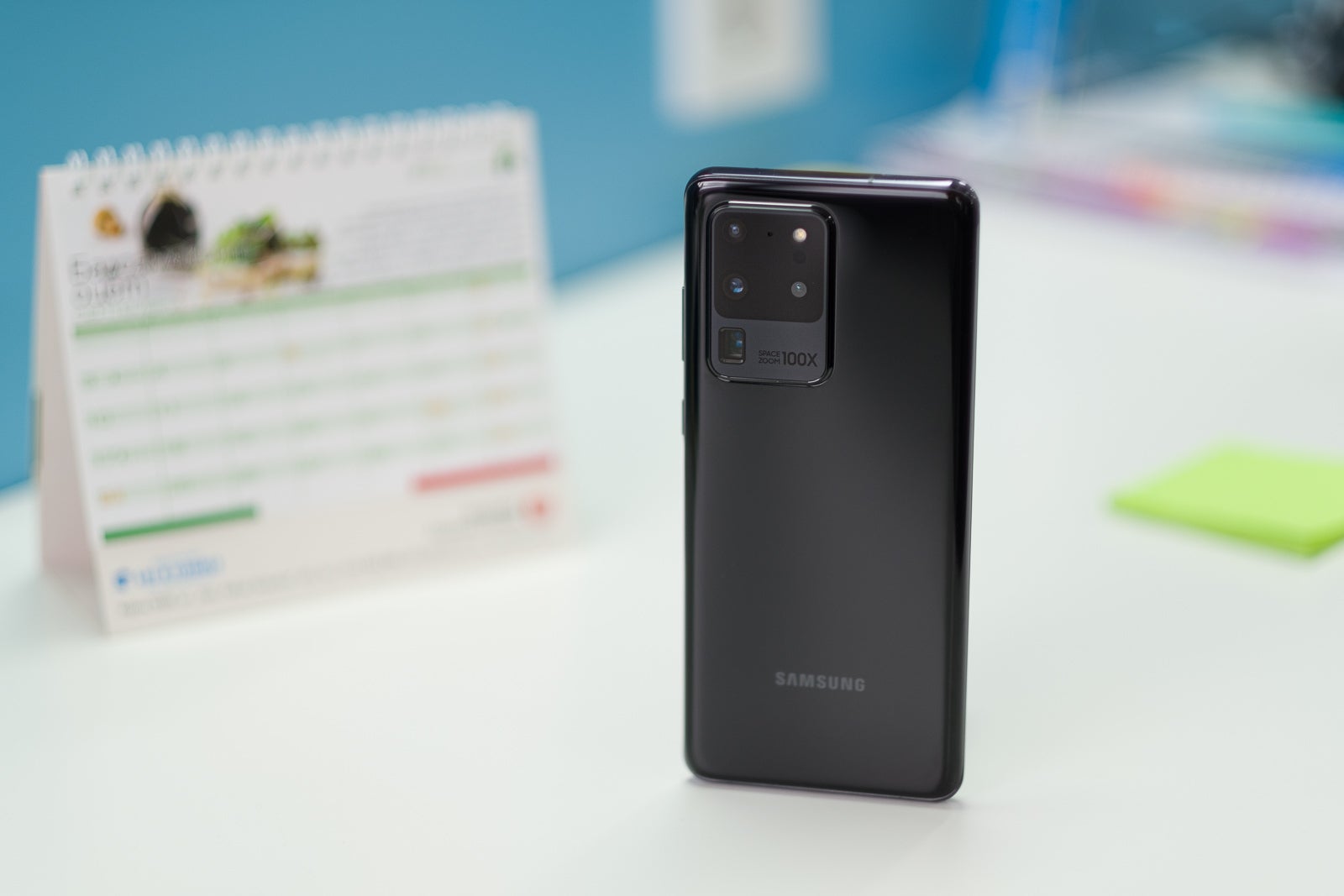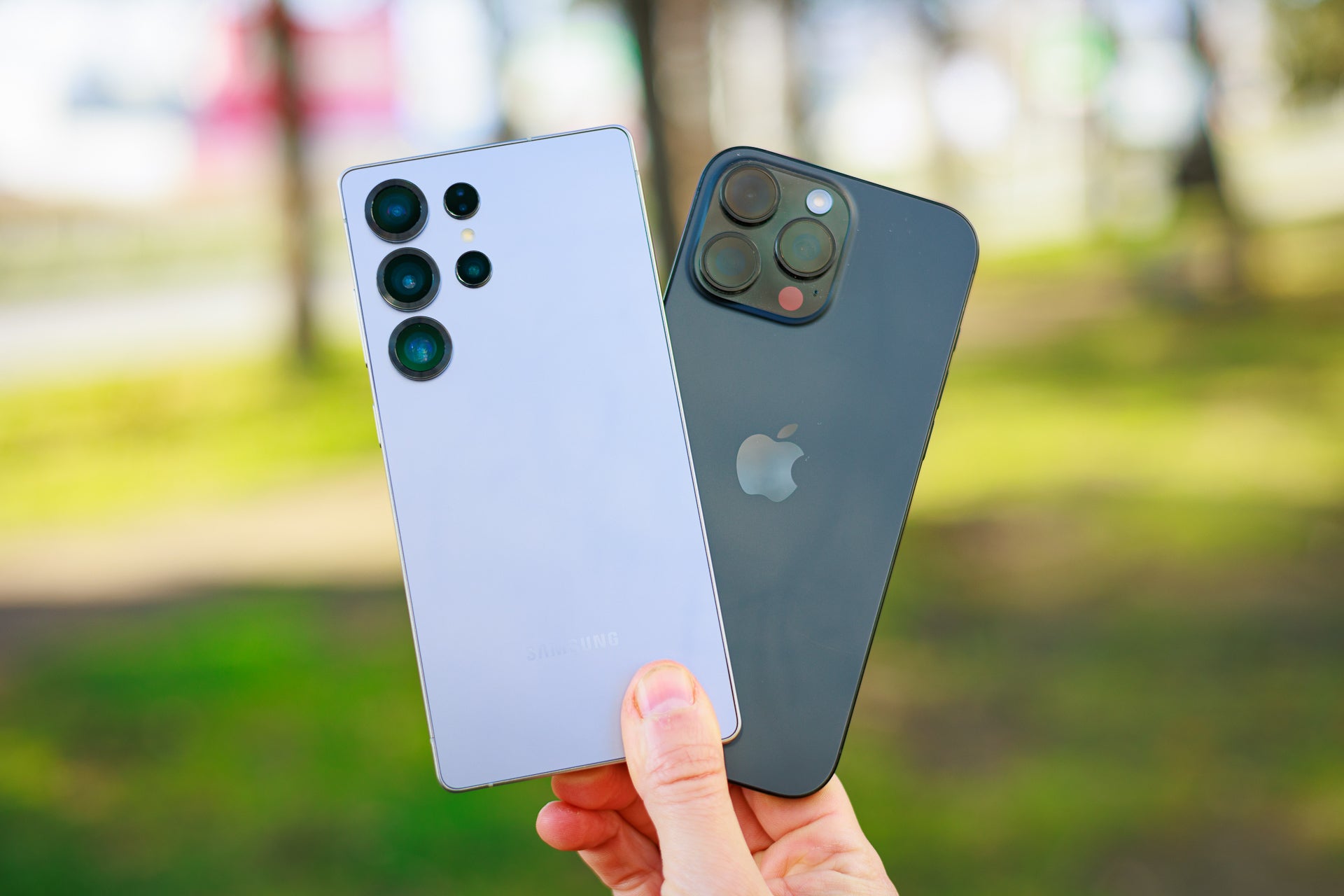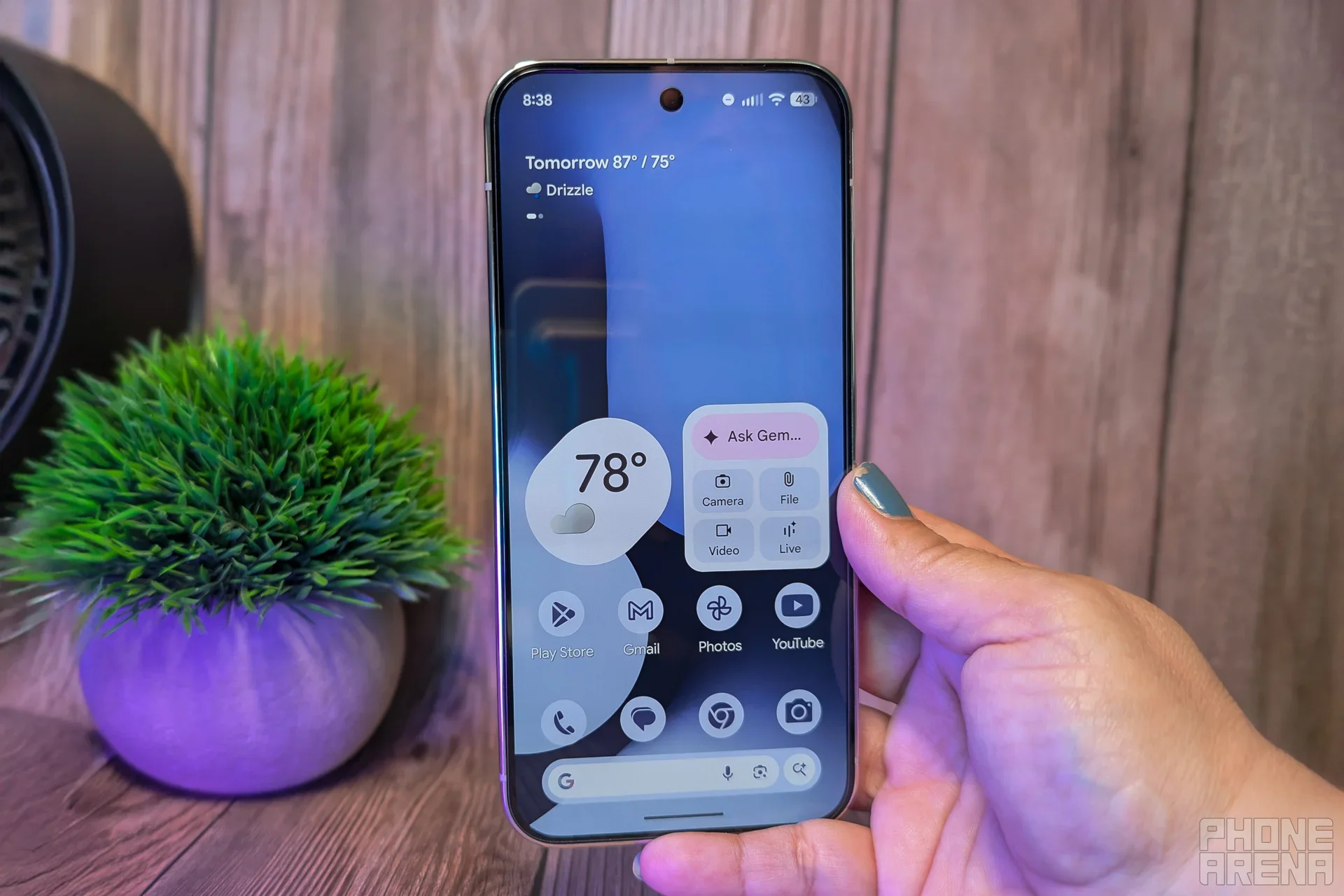It’s 2025, and we’re in the wonderful moment between the Pixel 10 release and the iPhone 17 premiere when the rumors about the Galaxy S26 and the OnePlus 15 are ramping up.
In the latest news, the OnePlus 15 may get a 7,000 mAh battery with 120W fast-charging. That would improve the already impressive 6,000 mAh and 100W charging battery of the OnePlus 13. Meanwhile, the Galaxy S26 Ultra and the iPhone 17 Pro Max are unlikely to have any ground-breaking battery upgrades.
These rumors make me feel like I live on two different planets at the same time.
Why are we stuck in 2020?


The Galaxy S20 Ultra was the last time Samsung has upgraded its ultra-flagship’s battery | Image Source — PhoneArena
- Galaxy S20 Ultra – 5,000 mAh, 45W wired charging
- Galaxy S21 Ultra – 5,000 mAh, 25W wired charging
- Galaxy S22 Ultra – 5,000 mAh, 45W wired charging
- Galaxy S23 Ultra – 5,000 mAh, 45W wired charging
- Galaxy S24 Ultra – 5,000 mAh, 45W wired charging
- Galaxy S25 Ultra – 5,000 mAh, 45W wired charging
- Galaxy S26 Ultra – 5,000 mAh, 45W wired charging (expected)
Things don’t look much different with Google and Apple’s flagship devices. The Pixel 6 Pro was released in 2021 with a 5,000 mAh battery and 30W charging, and by this year, the Pixel 10 Pro XL battery numbers have grown to 5,200 mAh and 45W charging.
The 2021 iPhone 13 Pro Max had a 4,352 mAh battery, and by the 16 Pro Max, it has only grown to 4,685 mAh. Apple’s wired charging is notoriously slow and has been stuck at around 25W for years.
None of this would’ve been an issue if we weren’t talking about the most expensive smartphones from the most respected smartphone manufacturers in the world. Those are supposed to be cutting-edge devices that make everyone gasp in awe because of every little detail. And in the early 2020s, that would’ve been the case, because a 5,000 mAh battery was impressive back then.
Are they ripping us off?


The iPhone 16 Pro Max and Galaxy S25 Ultra | Image Source — PhoneArena
In 2025, a slim and pretty flagship smartphone with a 7,000 mAh battery sounds like a dream for iPhone 16, Galaxy S25, and Pixel 10 Pro users. In China, that’s becoming the norm, not only for flagship devices, but also for mid-range handsets.
Proof in point, Xiaomi has already released a $200 phone with a 7,000 mAh battery. That device is just 7.8 mm thick, which is slimmer than both Apple’s and Samsung’s flagships, which are five times more expensive and about 8.2 mm thick.
Earlier this year, Honor launched the Honor Power with an 8,000 mAh battery. That device is 7.98 mm thick. OnePlus already has a 7,000mAh battery inside the recently released 7.7 mm thick Ace 6 Max. I won’t even think about the 15,000 mAh battery Realme is experimenting with.
None of this means that your iPhone, Pixel, or Galaxy will suddenly stop working. The problem is that Apple, Google, and Samsung are blatantly cutting corners with one of the most important aspects of a smartphone.
I’m not mad, I’m disappointed


The Google Pixel 10 Pro XL has a barely bigger battery than the Pixel 6 Pro | Image Source — PhoneArena
I’m sure some people would start explaining that the silicon-carbon technology is not mature enough, and those batteries may not last as long. Others will mention the individual cell capacity limitations for flying with big batteries. Trust me, I know about all this.
I also know that Apple, Google, and Samsung are companies with unlimited resources that are supposed to use them to move the whole industry forward through innovation. Instead, they’re sitting on their laurels while the Chinese brands have limited access to some of their main markets.
That doesn’t make me angry, because I understand the business logic behind it. But it makes me disappointed, because I expected much more.


“Iconic Phones” is coming this Fall!
Good news everyone! Over the past year we’ve been working on an exciting passion project of ours and we’re thrilled to announce it will be ready to release in just a few short months.
LEARN MORE AND SIGN UP FOR EARLY BIRD DISCOUNTS HERE
#OnePlus #mAh #battery #Samsung #Apple #scamming #tech
